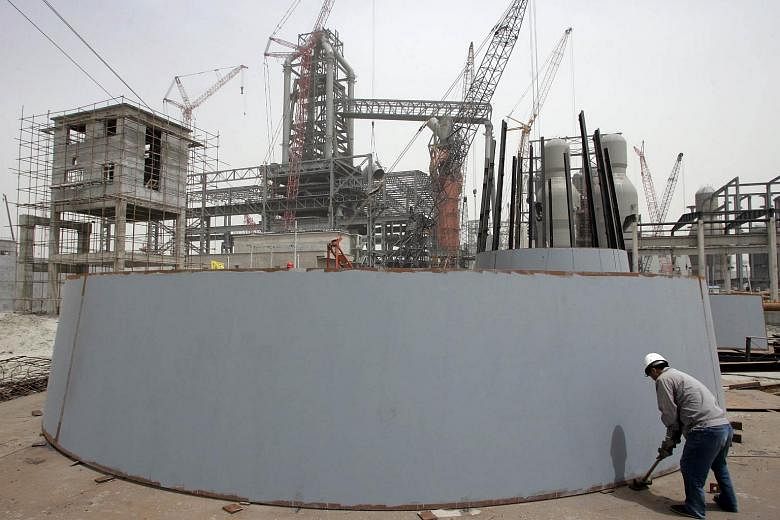SHANGHAI (Reuters) - China's Hebei province, the country's biggest steelmaking region, has imposed what it calls "special emission restrictions" on local mills as part of its war on smog, according to a policy document.
Local steel enterprises will have until Sept 1, 2017, to ensure their facilities comply with tough new standards for sulphur dioxide and other major sources of air pollution, the local environmental protection bureau said in a notice.
Hebei is responsible for nearly a quarter of China's total national steel output. It was the location of seven of China's 10 smoggiest cities last year and is a major source of air pollution in China's capital, Beijing.
The province has pledged to shut 60 million tonnes of crude steelmaking capacity and 40 million tonnes of coal production capacity from 2014 to 2017.
Last year, steel production in Hebei rose 1.3 per cent on the year to 188.3 million tonnes, though total capacity remains much higher. Coal output in the province fell 5.4 per cent to 82.2 million tonnes.
According to a notice issued by the local environmental protection bureau on Friday, 41 million tonnes of steel capacity and 27 million tonnes of coal capacity have already been closed.
The province, one of the main fronts in a "war on pollution" declared by Premier Li Keqiang in 2014, has been under pressure to crack down on "backward" production capacity and firms that break environmental rules.
It was heavily criticised by the Ministry of Environmental Protection (MEP) earlier this year after an inspection tour revealed that local firms had illegally expanded production capacity and engaged in "fraudulent practices" aimed at circumventing rules.
Hebei has since launched a campaign against local steel and coal producers, and the provincial government said last week it had uncovered 1,173 illegal projects in the steel sector, involving 93 companies.
According to MEP data, average concentration levels of PM2.5, a major smog indicator, fell 17.1 per cent to 58 micrograms per cubic metre in the Beijing-Tianjin-Hebei region over the first three quarters of 2016.
However, six of the 10 most polluted cities for that period were still in Hebei province, the ministry said on Thursday.
China's National Meteorological Center (NMC) issued a yellow smog alert for Beijing and parts of Hebei on Saturday, and urged residents to take protective measures.

